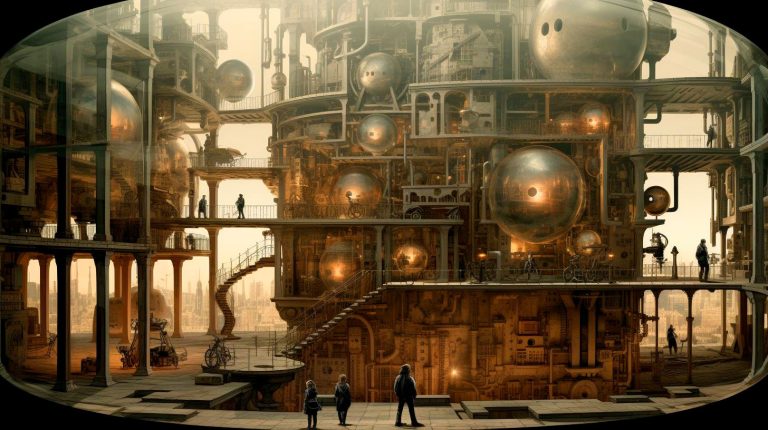In this article, we will explore the fascinating journey of food photography, its impact on our lives, and what the future holds for this captivating genre.
Early Days: Capturing the Essence
In the early days of food photography, which can be traced back to the 1820s, the main goal was to convey the essence of food by capturing its basic form and texture. Black and white images with stark contrasts were used to emphasize the visual appeal of simple meals. In an era when color photography was non-existent, photographers relied on lighting techniques and composition to bring out the best in their subjects.
Key Takeaways:
- Food photography began in the early 19th century.
- Black and white images were used to highlight the basic form and texture of food.
- Lighting and composition played a crucial role in emphasizing the visual appeal of food.
The Rise of Color and Advertising
With the invention of color photography in the early 20th century, food photography witnessed a dramatic transformation. Vibrant hues and rich tones brought dishes to life, making them even more enticing to prospective consumers. Advertisers soon recognized the power of food photography as a marketing tool, using it to promote their products and drive sales.
As food photography became more prevalent in advertising, new techniques were developed to enhance the presentation of food. Styling methods, such as using toothpicks to arrange ingredients, were employed to create visually appealing compositions. This marked a significant shift in the genre, as photographers started to focus not only on the food itself but also on the overall experience it conveyed.
Key Takeaways:
- Color photography revolutionized food photography in the early 20th century.
- Advertisers recognized the potential of food photography for promoting products.
- Styling methods and compositions became crucial in enhancing the presentation of food.
The Digital Age: Food Photography Goes Social
In recent years, food photography has exploded in popularity with the rise of social media platforms. Anyone with a smartphone can now capture and share their culinary experiences with the world. This shift has democratized the genre, allowing amateur photographers and food enthusiasts to showcase their creations.
Social media platforms, particularly Instagram, have become virtual galleries of food photography, with hashtags such as #foodporn and #instafood generating massive engagement. Food influencers and bloggers now have the power to shape trends and influence dining choices through visually appealing images.
Restaurants and food businesses have also recognized the importance of food photography in attracting customers. According to a recent study, 75% of millennials choose a restaurant based on social media posts, with the quality of food images being a primary factor in their decision-making process. Restaurants now invest in professional food photographers to create visually stunning menus and capture the essence of their culinary creations.
Key Takeaways:
- Social media platforms have democratized food photography.
- Instagram and hashtags have become instrumental in popularizing food photography.
- Food influencers and bloggers shape trends and influence dining choices.
- Restaurants invest in professional food photographers to attract customers.
The Future: Innovations and Augmented Reality
As technology continues to advance, the future of food photography holds endless possibilities. One emerging trend is the integration of augmented reality (AR) in food visuals. Imagine being able to virtually experience a dish before ordering it, seeing it come to life on your smartphone or smart glasses. AR has the potential to revolutionize how we interact with food imagery, providing a more immersive and interactive experience.
Furthermore, innovations in lighting and camera technology are making it easier for amateur photographers to capture professional-looking food images. Compact lighting setups, high-resolution cameras, and user-friendly editing software are leveling the playing field, allowing anyone to create stunning visuals without the need for expensive equipment.
Key Takeaways:
- Augmented reality may revolutionize the way we interact with food imagery in the future.
- Advancements in lighting and camera technology empower amateur photographers.
- User-friendly editing software enables stunning visuals without expensive equipment.
In Conclusion
Food photography has evolved from its early beginnings as a means of capturing the essence of food to becoming a powerful marketing tool and art form that influences our choices and experiences. From black and white images to vibrant color photography, and now the social media revolution, food photography continues to captivate and inspire us.
As we look ahead, it’s clear that technology will play a significant role in shaping the future of food photography. With the integration of augmented reality and advancements in camera technology, we can expect even more immersive and visually stunning food visuals.
So, the next time you snap a photo of your delectable meal before digging in, remember that you are not only preserving a delightful moment but also contributing to the ongoing legacy of food photography.




















+ There are no comments
Add yours